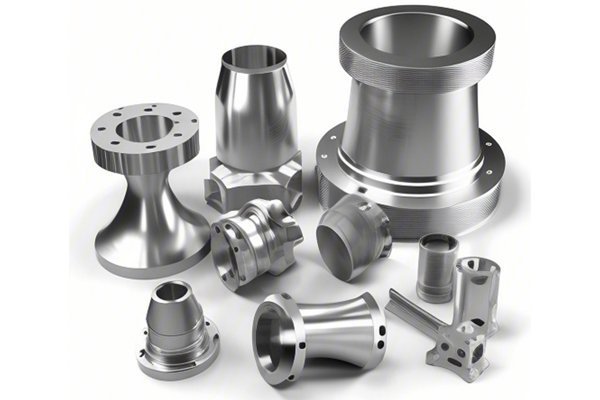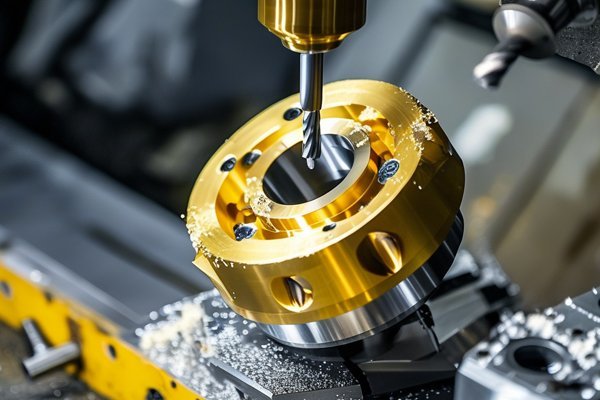Did you know that the global CNC machining market is expected to reach a staggering USD 102.66 billion by 2025? This exponential growth shows how vital CNC processing has become in various industries, ranging from aerospace to automotive and furniture manufacturing. However, despite its many advantages, one of the most significant challenges companies face is ensuring consistently high-quality outputs. Quality problems can lead to delays, increased costs, and unsatisfied customers.
In this extensive guide, we will delve into common quality problems faced during CNC processing and provide detailed, actionable solutions to address these issues effectively. With proper understanding and application of these solutions, manufacturers can not only resolve quality problems but also enhance efficiency, reduce waste, and improve customer satisfaction.
Understanding Quality Problems in CNC Processing
Before we outline solutions, it is crucial to understand the types of quality problems that can arise in CNC machining. Here are some of the most common issues:
Strategies for Rapid Problem Resolution
Now that we have identified common quality issues, let’s explore actionable strategies for dealing with these problems quickly and effectively:
A structured quality control (QC) system is essential for identifying and rectifying problems. This might include:
An effective SOP provides standard guidelines for CNC operators and reduces variability in machining outcomes. Key steps in your SOP should include:
Operators should be well-versed in operating CNC machines efficiently. This can be accomplished by:

Various methodologies and tools can be employed to systematically improve quality. Some of these include:
Maintaining CNC machines is key to ensuring quality outcomes. Some important practices include:
Using the latest technology can significantly reduce quality problems:
Case Studies of Quality Problem Resolutions
To further illustrate these strategies, let’s explore how some companies have successfully addressed CNC quality problems.
Case Study 1: Automotive Manufacturer
An automotive parts manufacturer faced significant issues with dimensional tolerances. After implementing SPC, they were able to analyze their data effectively and identify trends leading to defects in certain shifts. Measures were taken to adjust machine settings and provide targeted training to operators, resulting in a notable reduction in defects.
Case Study 2: Aerospace Component Supplier
A supplier to the aerospace industry found that tool wear was affecting surface finish quality. They decided to switch to a higher quality tool material and scheduled regular tool inspections. Post-implementation, they not only improved surface quality but also reduced overall machining costs.
In summary, CNC processing quality problems can significantly impact outputs, profitability, and customer satisfaction. By implementing robust quality control measures, creating effective Standard Operating Procedures, and conducting continuous training, manufacturers can resolve these issues quickly and efficiently.
Always remember that addressing quality issues is not just about fixing problems as they arise; it’s about building a culture of quality that permeates every part of the manufacturing process. As the CNC market continues to expand, investing in quality will be more crucial than ever.
Take your time to reflect on the points discussed in this blog, as they can be pivotal in ensuring your manufacturing processes run smoothly and efficiently. The importance of continuous improvement in CNC processing cannot be overstated, and your commitment to tackling quality problems today can set the foundation for success in the future.






